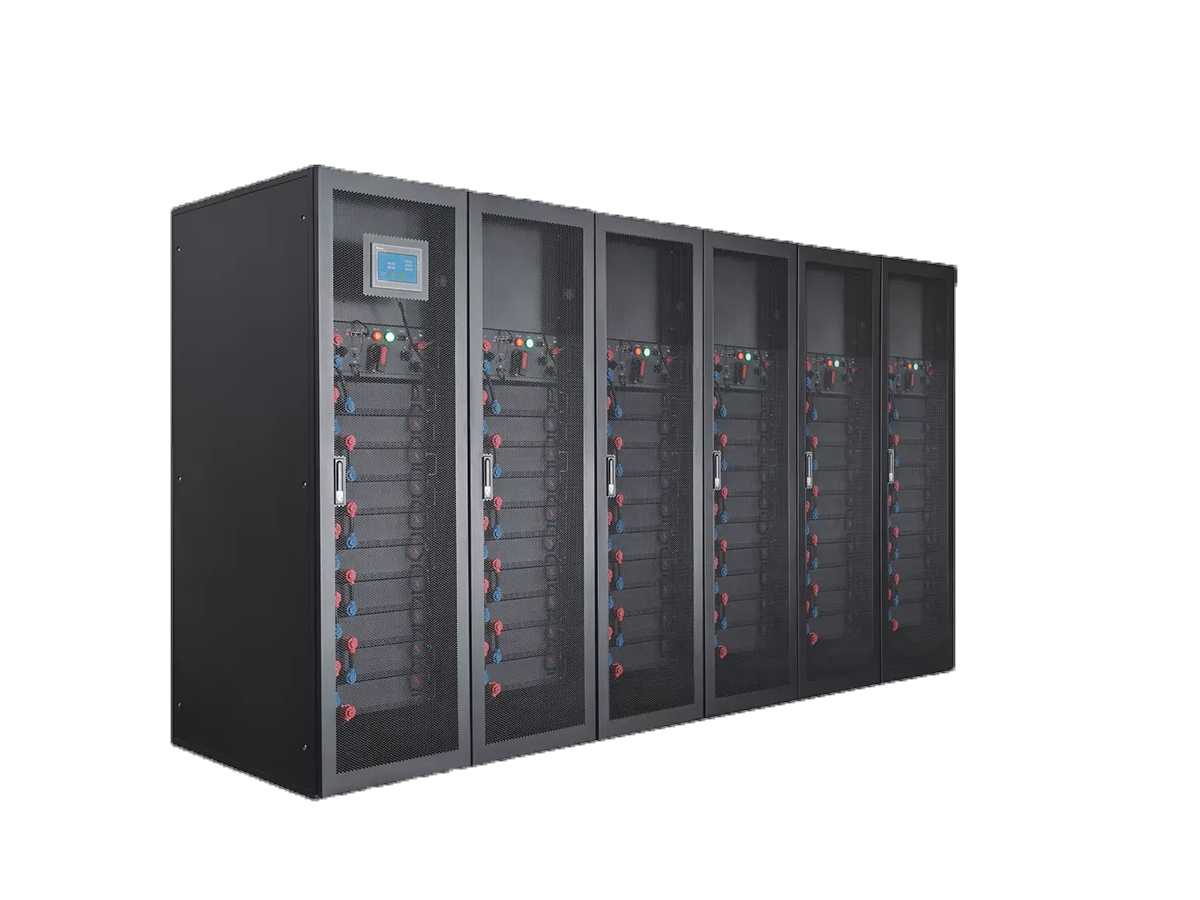- 12
- Nov
The difference between lithium battery and Leaded Acid battery charge and discharge
The difference between battery and lithium battery: [Longxingtong lithium battery]
1. Different aspects of charging and discharging:

(1) The battery has a memory effect and cannot be charged and discharged at any time; there is a serious self-discharge phenomenon, and the battery is easy to be scrapped after being left for a period of time; the discharge rate is small, and it cannot be discharged with a large current for a long time.
(2) Lithium battery has no memory effect, the battery can be charged and discharged at any time, the battery self-discharge is low, the monthly self-discharge is less than 1%, the battery can be stored for a long time; the power is strong, it can be quickly charged and discharged, and it can be charged more than 80% in 20 minutes , The power can be discharged in 15 minutes.
2. Different temperature tolerance:
(1) The operating temperature of the battery is generally required to be between 20°C and 25°C. When it is lower than 15°C, its discharge capacity will decrease. For every 1°C decrease in temperature, its capacity will drop by 1%, and the temperature is too high (above 30°C) Its life span will be greatly shortened.
(2) The common operating temperature of lithium batteries is -20-60 degrees Celsius, but generally when the temperature is lower than 0 degrees Celsius, the performance of lithium batteries will decrease, and the discharge capacity will be correspondingly reduced. Therefore, the operating temperature for the full performance of lithium batteries is usually 0~ 40°C. The temperature of lithium batteries required by some special environments is different, and some can even run normally in an environment of hundreds of degrees Celsius.
3. The chemical reaction formula is different during discharge:
(1) When the battery is discharged: negative Pb(s)-2e-+SO42-(aq)=PbSO4(s).
(2) Lithium battery discharge reaction: Li+MnO2=LiMnO2.
